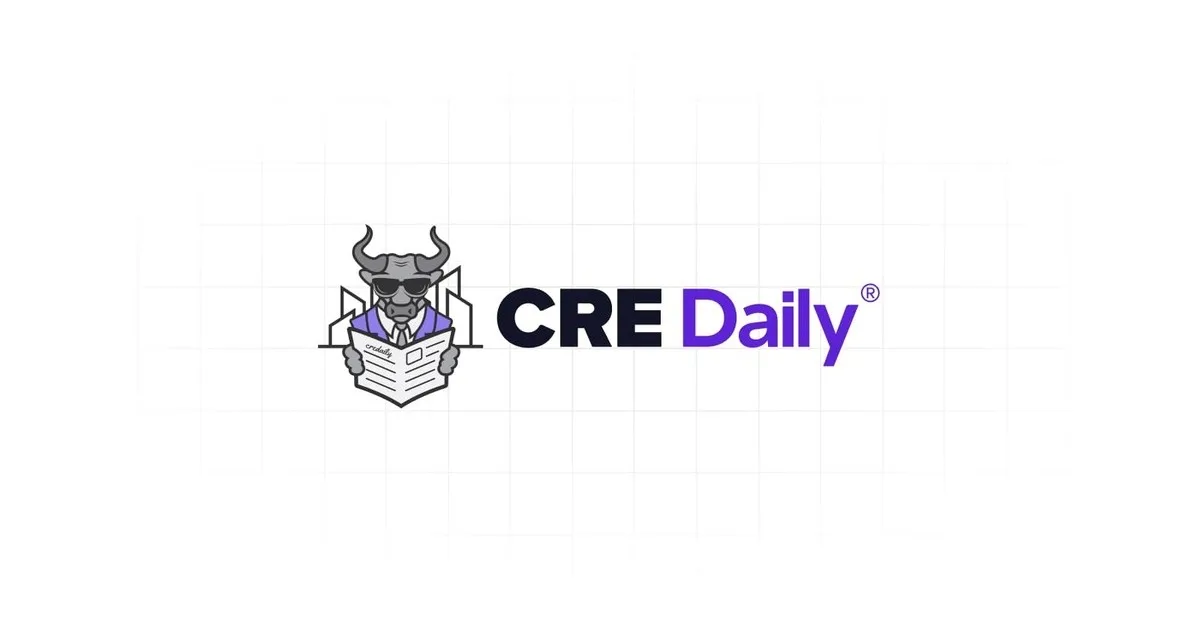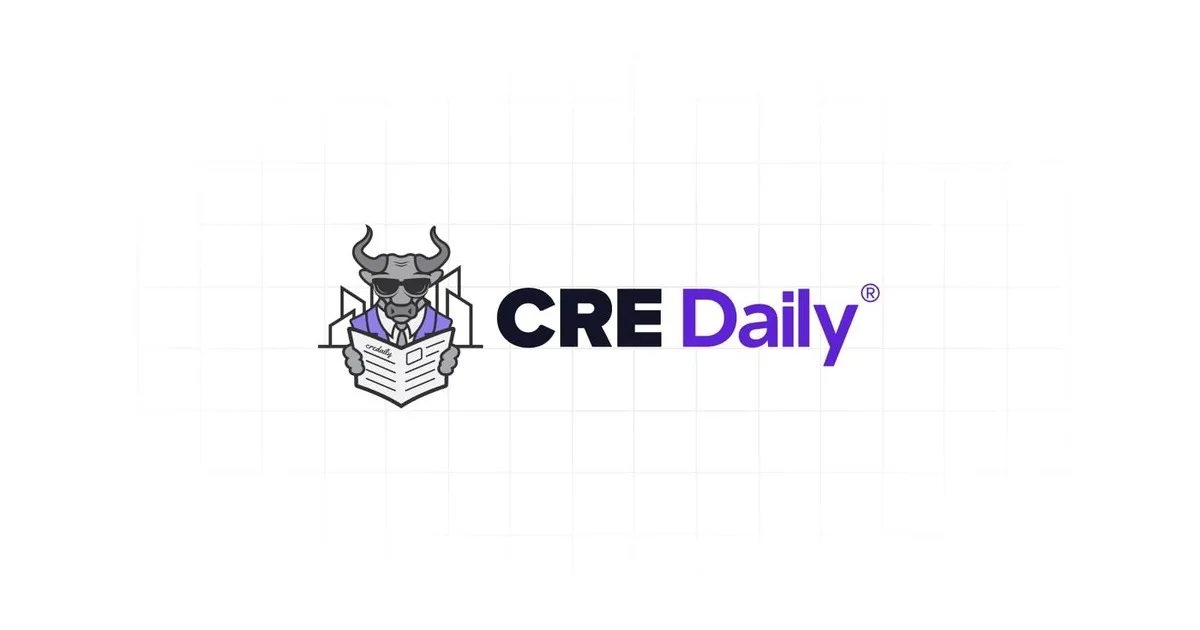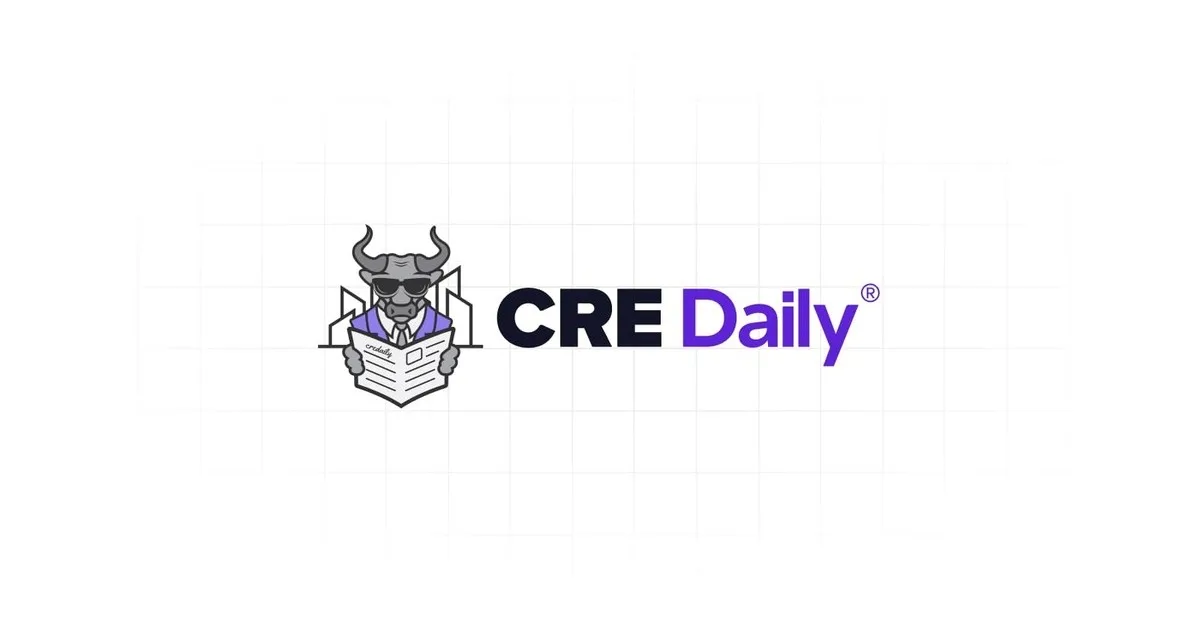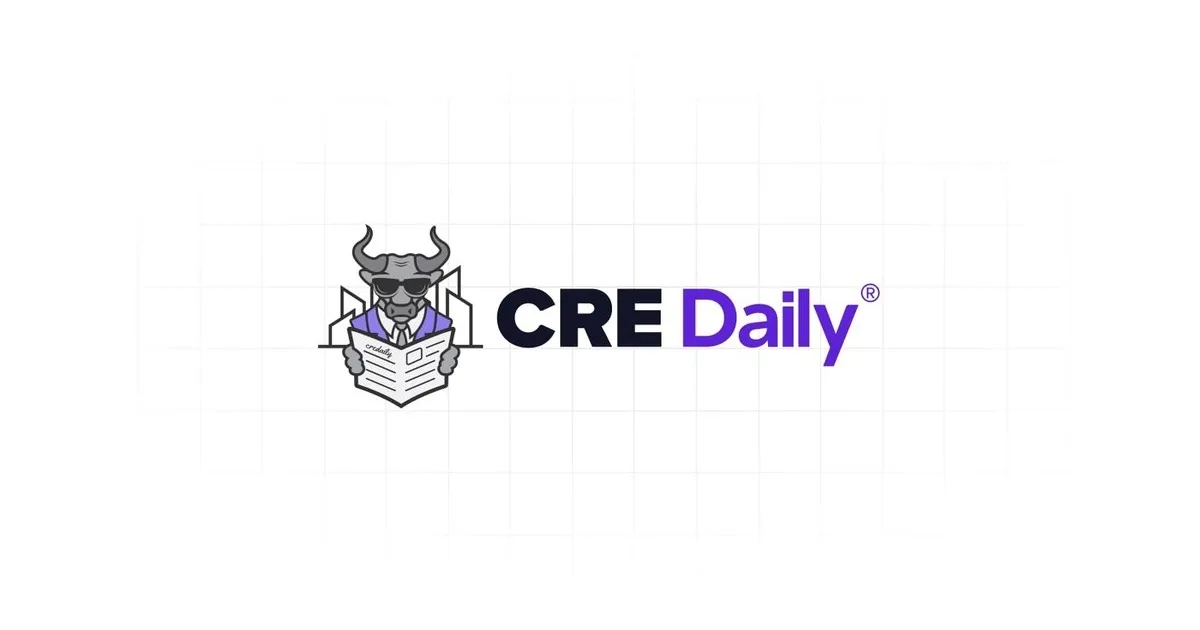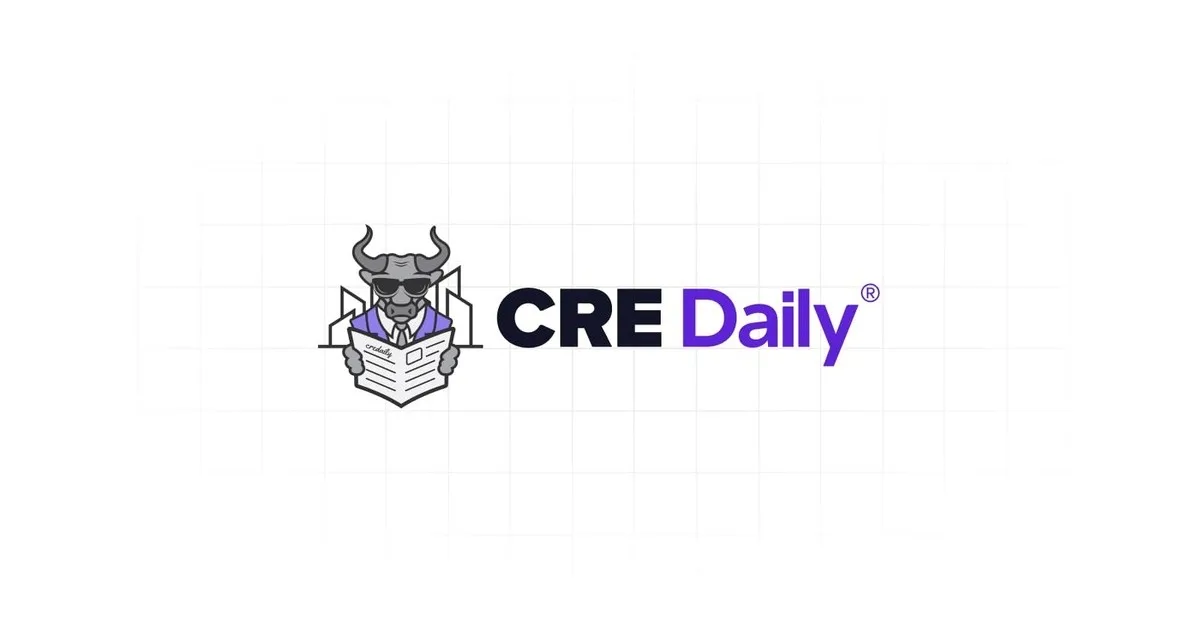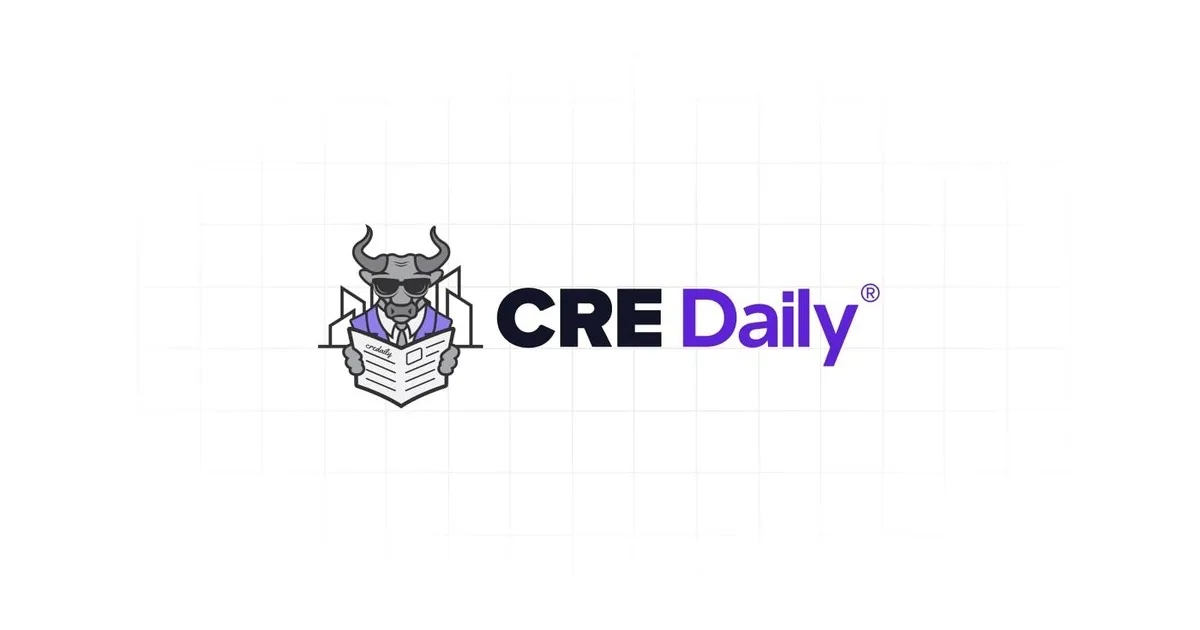- A significant share of flexible spending account (FSA) funds go unused each year, with the average forfeiture at $441 per account in 2022.
- Many consumers are unaware of the wide range of FSA- and HSA-eligible products, including beauty and wellness items like acne treatments, sunscreen, and menstrual care.
- Major retailers like Sephora, Ulta, and Target are launching awareness campaigns and curated shopping guides to drive spending before funds expire.
- Experts believe the white-collar working class—particularly Gen Z through Gen X with employer-provided benefits—represents a prime audience for tapping into unused FSA and HSA funds.
Billions Left Behind
According to Retail Dive, every year, billions in pretax dollars in healthcare go unspent. Flexible Spending Accounts (FSAs) and Health Savings Accounts (HSAs) help workers pay for medical costs, but many people don’t use their full balance.
In 2022, around half of all FSA users forfeited funds, losing an average of $441, according to the Employee Benefit Research Institute. A Numerator study showed that by November 2024, users had already spent 77% of their FSA funds. Still, several billion dollars remained unused by year-end.
A Retailer Opportunity
Retailers see these unused funds as a missed chance—for both consumers and sales.
FSAs and HSAs cover a wide range of products, not just doctor visits or prescriptions. Think acne treatments, menstrual care items, sunscreen, and even hand sanitizers. Online stores like FSA Store highlight “Surprisingly Eligible” items, including luxury skincare and high-end recovery gear.
“Consumers can use these accounts for far more than they think,” said Numerator analyst Shawn Paustian. “But most people identify fewer than half of the eligible items when shown a list.”
Awareness Campaigns in Motion
To close that knowledge gap, beauty and wellness retailers are stepping up.
Sephora launched an FSA/HSA campaign in October 2023, featuring a dedicated page for eligible wellness items. Products like sunscreen with SPF 15+ and IRS-approved acne treatments now come with clearer labels.
Ulta Beauty followed in November 2024, releasing an FSA/HSA shopping guide that became one of its top-performing online tools. “We also introduced register takeovers and out-of-home ads to highlight eligible items,” said Lisa Tamburello, Ulta’s VP of Merchandising.
Target expanded its wellness section in early 2025, adding 2,000 health-related products. These include digestive health supplements, wearable wellness tech, and other IRS-eligible goods.
Get Smarter about what matters in CRE
Stay ahead of trends in commercial real estate with CRE Daily – the free newsletter delivering everything you need to start your day in just 5-minutes
Who’s Spending—and Who’s Not
FSA and HSA users tend to be white-collar workers. Most are Gen Z through Gen X, college-educated, and have high-paying jobs. This makes them a key market for many brands.
FSA funds are available at the start of the plan year but must be used within a deadline. Most plans allow only a small amount—$660 in 2025—to carry over. HSAs offer more flexibility, letting funds roll over indefinitely and grow tax-free.
For 2025, individuals can contribute $3,300 to FSAs and $4,300 to HSAs. Many users now have debit cards tied to their accounts. Still, about 25% say they struggle to figure out what qualifies for purchase.
Looking Ahead
As the IRS expands the list of eligible products and raises contribution limits, more retailers are jumping in. Past policy proposals—like those from the Trump administration—aimed to increase limits even further, though they didn’t pass.
Now, with Republicans holding a House majority, experts say such efforts could return in 2025.
But for now, the biggest hurdle is awareness. Until consumers know what they can buy, billions in pretax dollars will keep slipping away.

